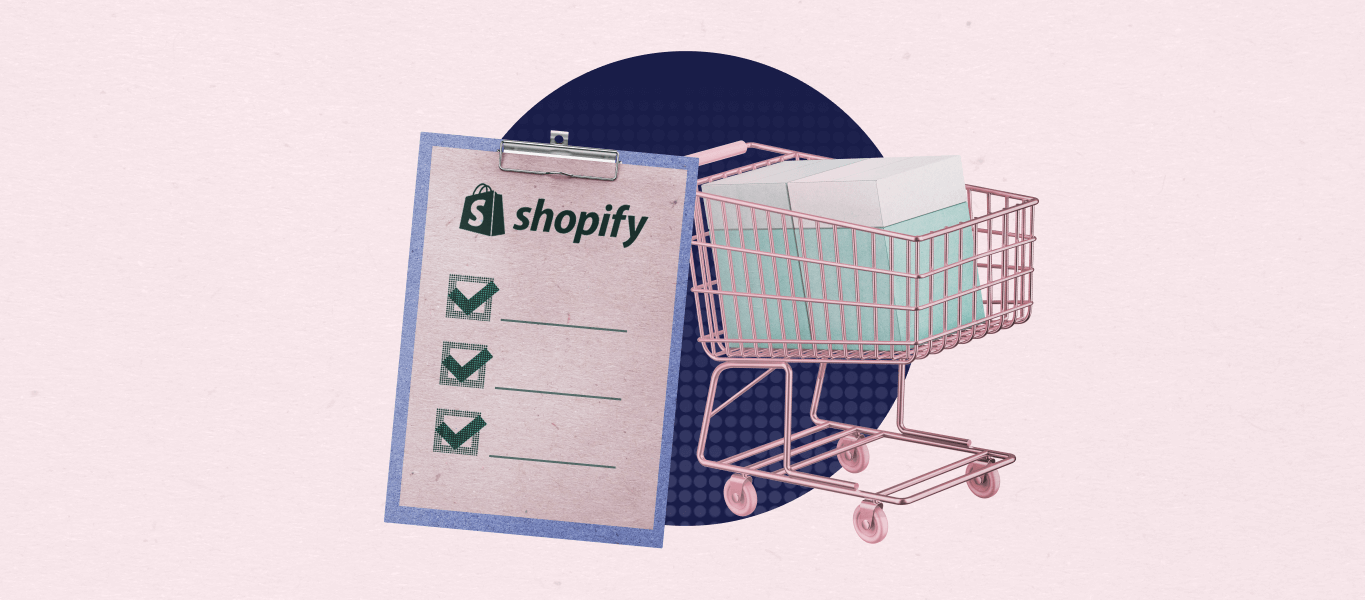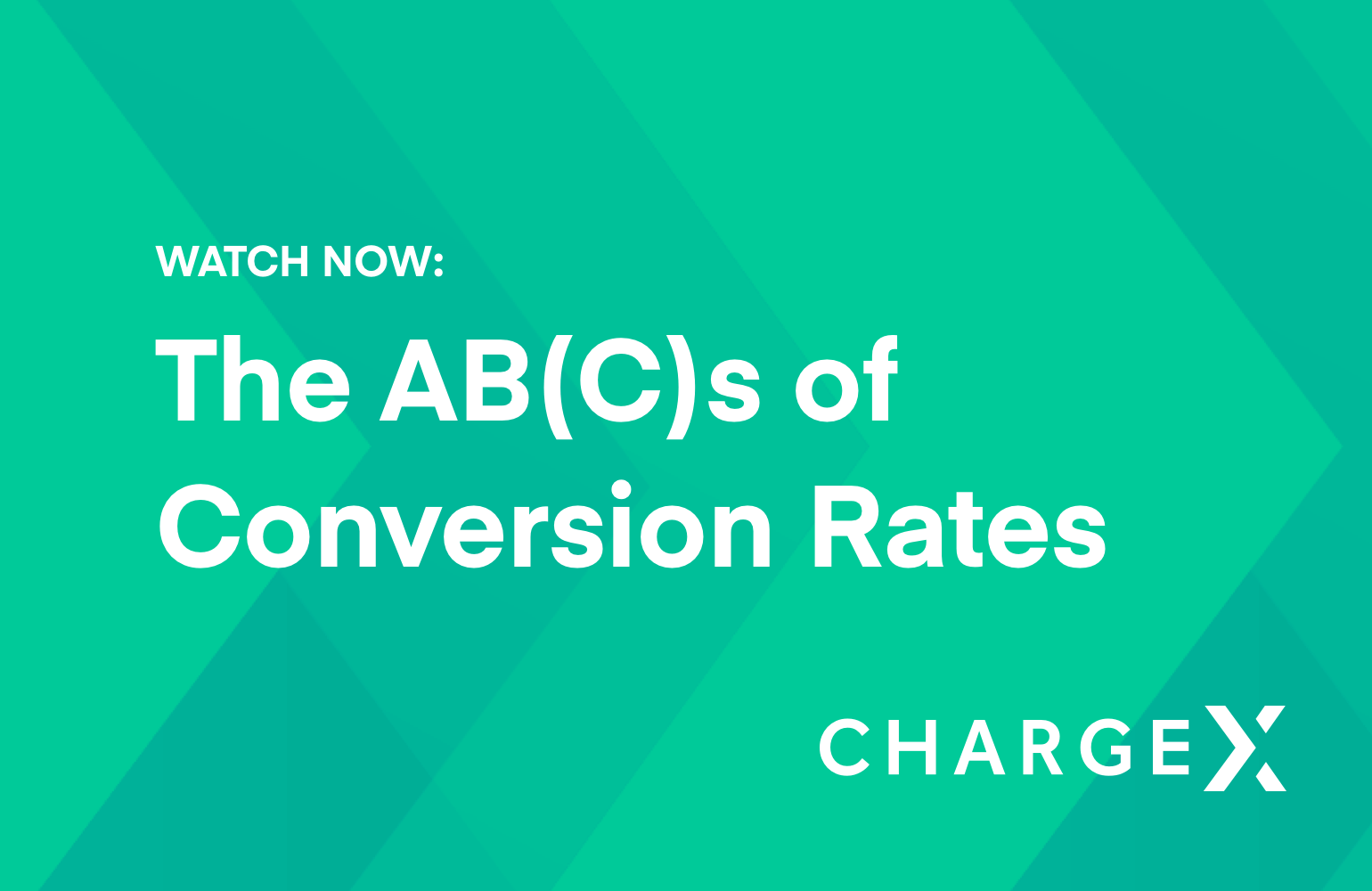Checkout abandonment rate
Get started with RechargeWhat is checkout abandonment rate?
Checkout abandonment rate refers to the percentage of shoppers who begin the checkout process, but do not complete it, over a given time period. High checkout abandonment rates can indicate issues with the checkout flow, including unexpected shipping costs or an overly-complicated checkout process for online shoppers.
To avoid checkout abandonment, online retailers should first establish a baseline for their business, determining their average checkout abandonment rate. From there, they can identify unique customer groups and compare the behavior of each against the larger company benchmark. It can also be useful to study patterns in customers’ behavior, identifying common traits of different groups who abandon the checkout page. The business can then channel those learnings into strategic actions to turn these lost sales into completed purchases.
Shopping cart abandonment vs checkout abandonment
Shopping cart abandonment rate and checkout abandonment rate are very similar but distinct metrics when it comes to shopping online. In shopping cart abandonment, customers add products or services to their online shopping carts, but may not necessarily reach the final checkout page before they abandon the shopping process. In other words, digital shopping cart abandonment statistics provide a window into pain points in an earlier point in the shopping process. To know which metrics to track and pivot their strategies effectively, it’s important for brands to identify the point at which their customers are abandoning the shopping process.
Relevant articles

Integrating Recharge and Shopify Checkout
Leya Leydiker August 20, 2021 Aug 20, 2021

ChargeX: The AB(C)s of conversion rates
Lacey Grubb October 30, 2019 Oct 30, 2019

